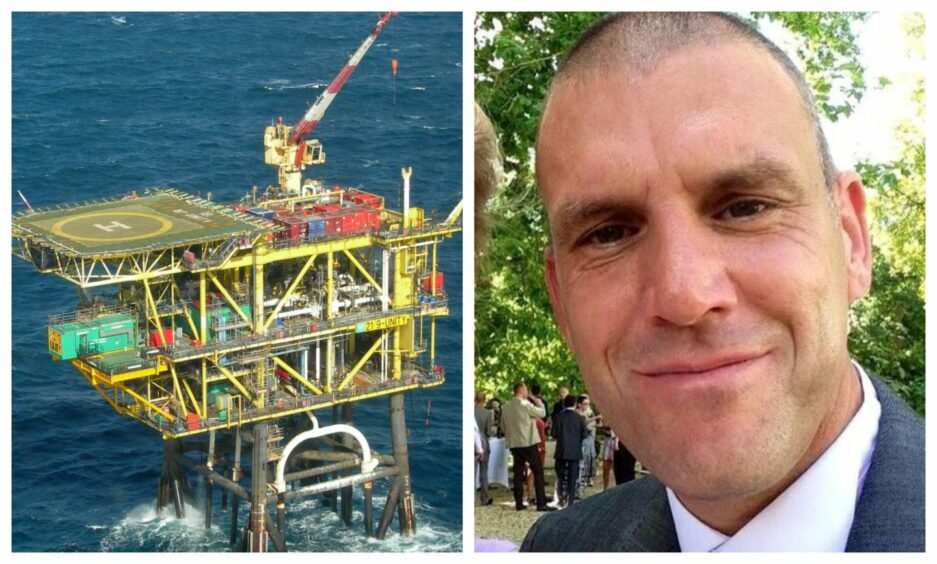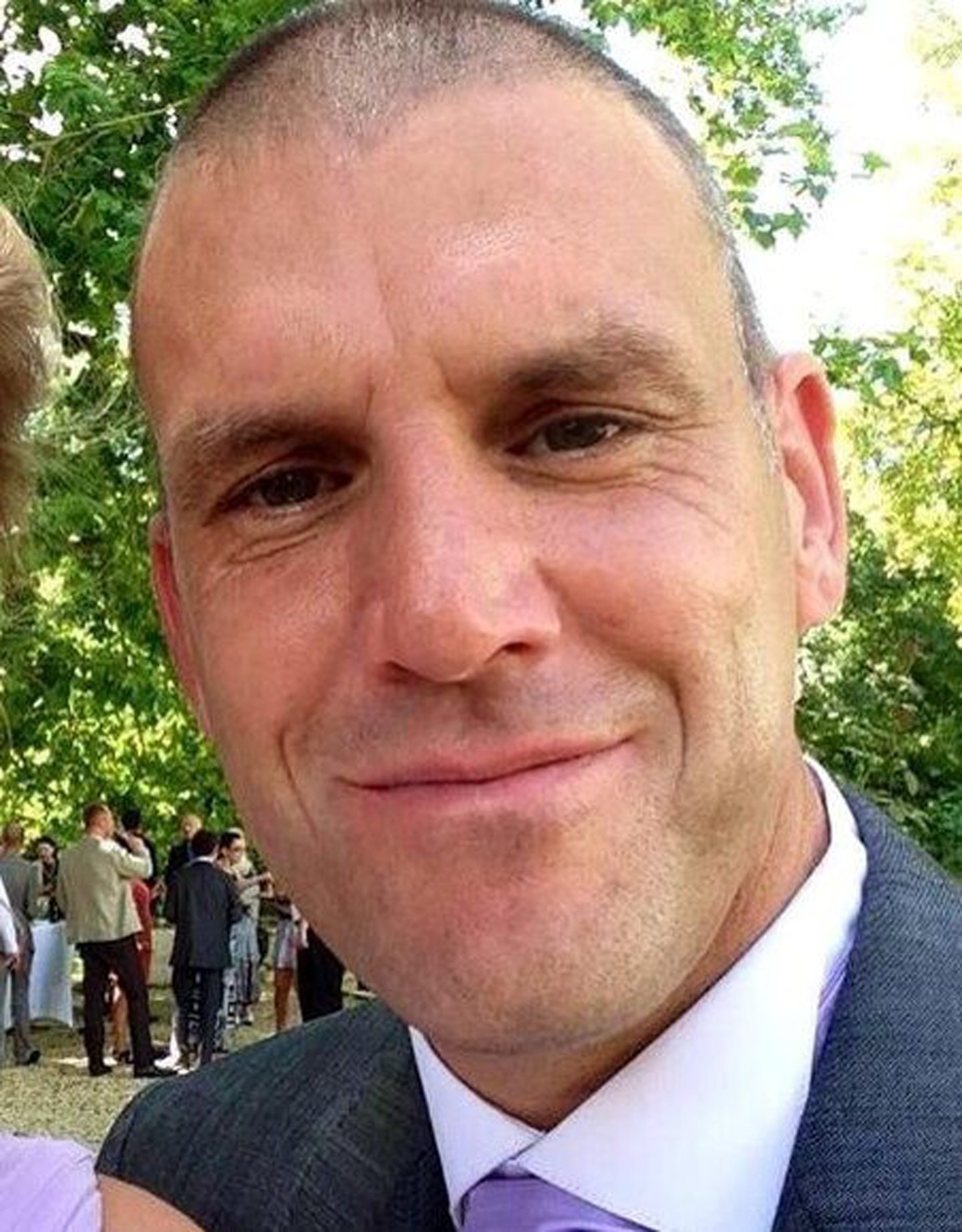
BP (LON: BP) has gone on trial following the death of an oil worker who plunged into the North Sea almost nine years ago.
Sean Anderson was working on BP’s Unity platform, an unmanned pumping station in the Forties Field about 110 miles north-east of Aberdeen in 2014.
Aberdeen’s Sheriff Court heard how the 43-year-old multi-skilled scaffolder fell about 72ft (22m) through an open hole on the rig’s deck into the water below at around 4am on September 4, 2014.
The court heard that Mr Anderson had suffered “serious head injuries” and was found lying face down in the water.
Fiscal depute Kristina Kelly told the jury that Mr Anderson had been working night shifts during his stint on the Unity and had been part of a maintenance team contracted by Cape Industrial services who were carrying out scaffolding and rope access work.
The court was told the conditions that night had been foggy and dark and Mr Anderson had not been wearing a life jacket, harness or survival suit. She said he had been unconscious and was not breathing when pulled from the water.
A rescue craft from the neighbouring accommodation vessel Olympic Orion took him back aboard, but no pulse could be found. He was seen by the ship’s medic, June Harper, who said he was “very cold” and his head was covered in blood.
Jurors heard that Ms Harper carried out resuscitation attempts until a paramedic arrived by helicopter at 0545. The paramedic pronounced him dead shortly after before 6am and Mr Anderson’s body was transferred by helicopter to Aberdeen.
Trial – BP denies breach of Health and Safety at Work Act
A post mortem later showed the cause of death was serious injuries to his head and chest sustained as a result of a “descent into the sea” from the oil installation. He had extensive fracturing of the skull and toxicology results showed no signs of alcohol or drugs – and no signs of natural diseases that would have resulted in his death.
Defence counsel Murdo Macleod KC said BP denies being in breach of the Health and Safety at Work Act.
Giving evidence, rope access technician Steven Walker, 56, had also been working on the Unity for Cape – who are now called Altrad – at the time.
He explained how work permits needed to be signed off daily for any work to be carried out, and that the metal risers coming out of the sea bed were being shot-blasted in order to repaint them as part of BP’s maintenance scheme.
He also told the court that he and his rope access team had installed netting underneath the deck which was essentially akin to a “solid walkway”; this was to alleviate risk of “falls, slips, trips and equipment failure”.
He told the court that anyone working “outboard” that is – over the side of the foot print of the rig – should have been wearing a life jacket and should have been “clipped on twice”.
Under cross examination from KC Macleod, he agreed that safety was “paramount” and it was “scrutinised”, adding that he felt confident enough to stop the job if he felt unsafe.
Court shown photo of open grating
The court was shown a photograph of an open hole in the grating of the platform’s lower deck, around which a scaffolding handrail had been erected along the perimeter. An opening at one side had been closed by way of a gate.
KC Macleod asked Mr Walker if it would surprise him to know that it had been Mr Anderson’s team who had erected the rail and gate and he replied: “no”.
Fellow scaffolder, Brian Dunn, 43, also gave evidence and told the court he had been working the night Mr Anderson – “The gaffer” – had died.
He said their work permit for the night was to erect the barrier and signs, dismantle scaffolding and barrier following the completion of the work and make sure there were no trip hazards, adding it “was not our job” to replace lifted areas of grating.
The trial which is being heard by Sheriff Graham Buchanan, is scheduled to last for about 10 days.
Recommended for you


 © Supplied by Kenny Elrick/DC Thom
© Supplied by Kenny Elrick/DC Thom